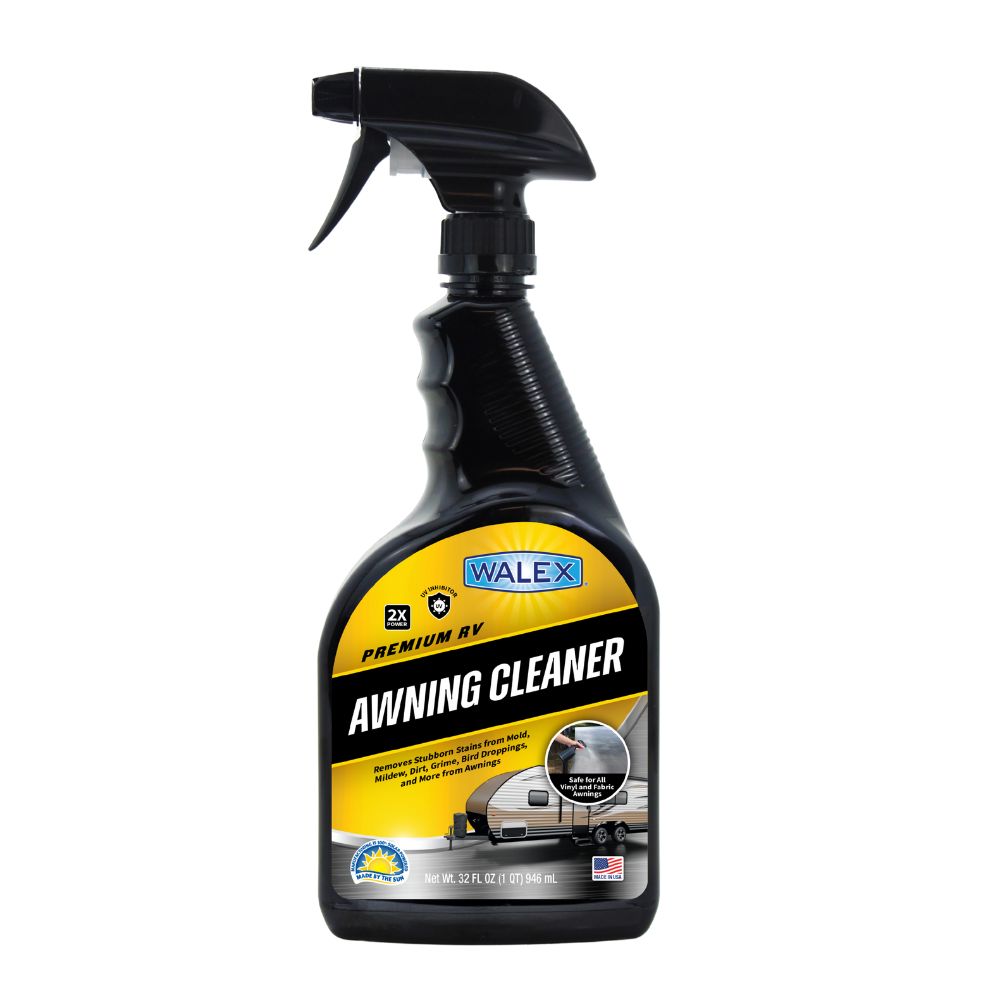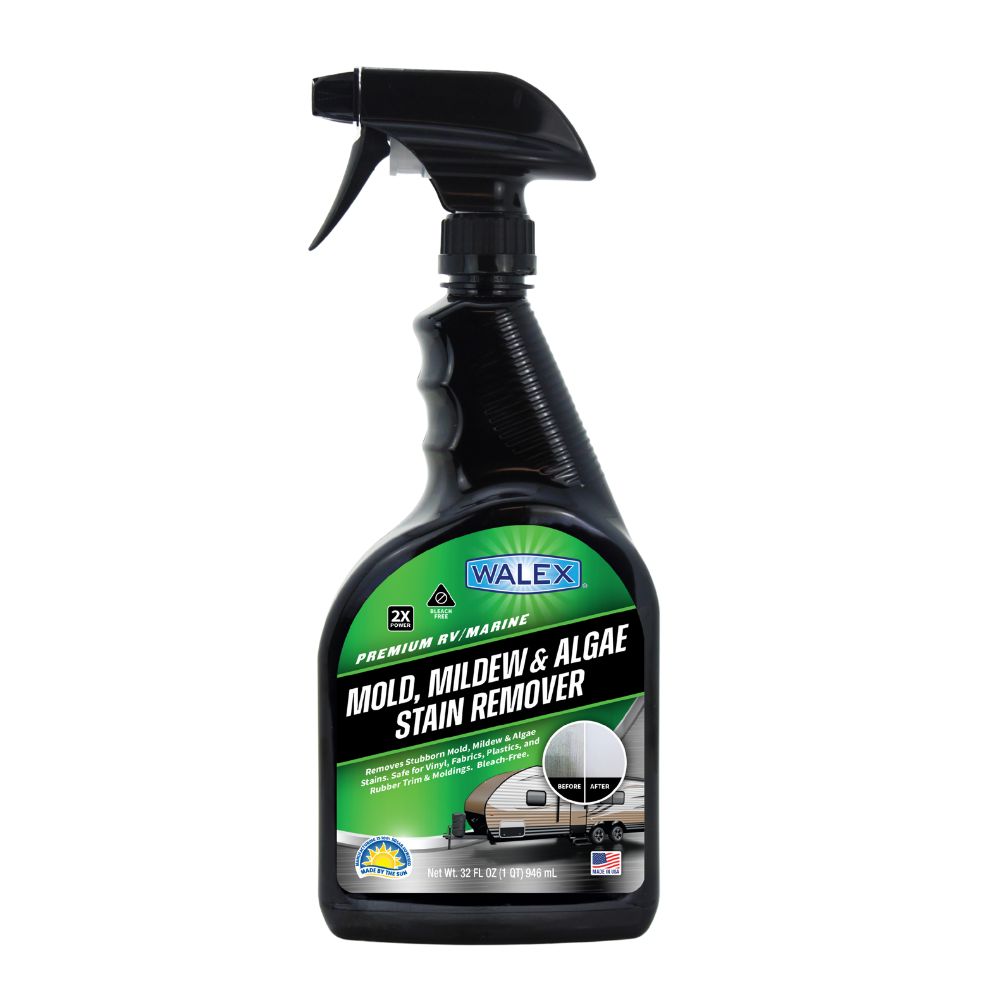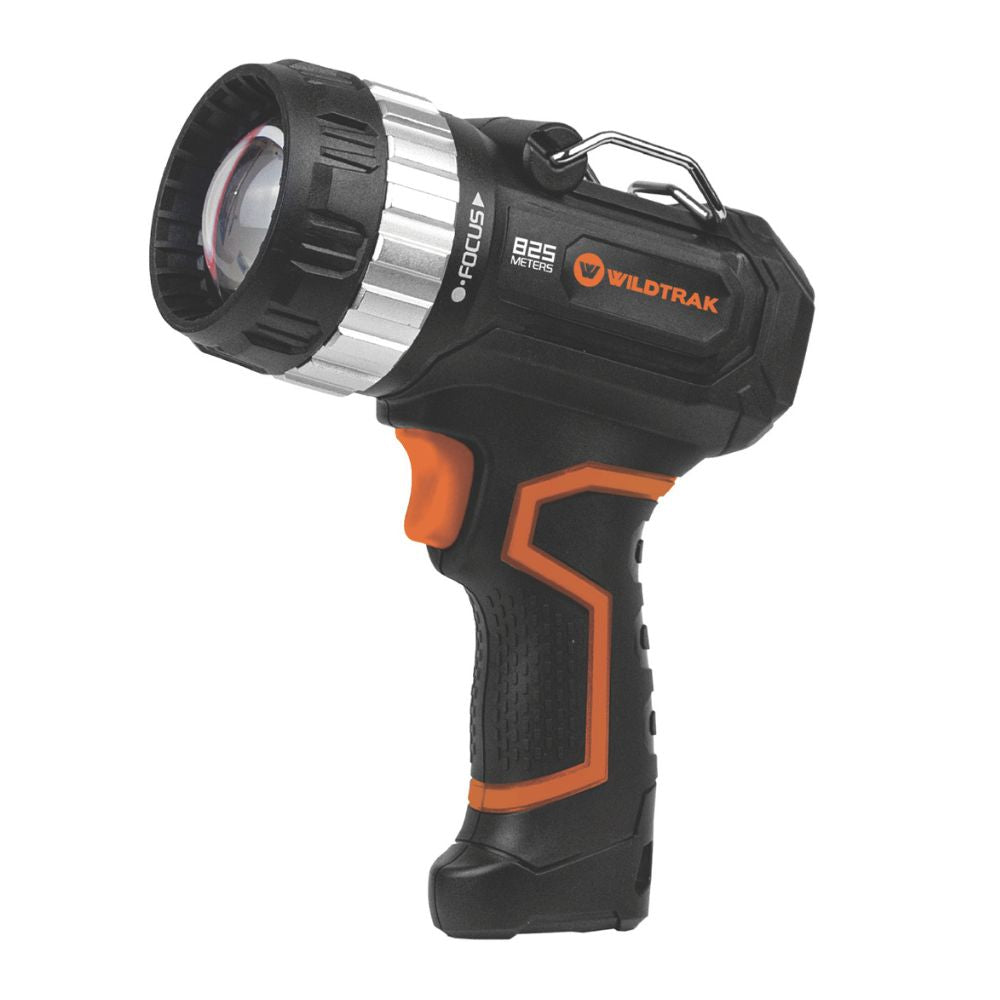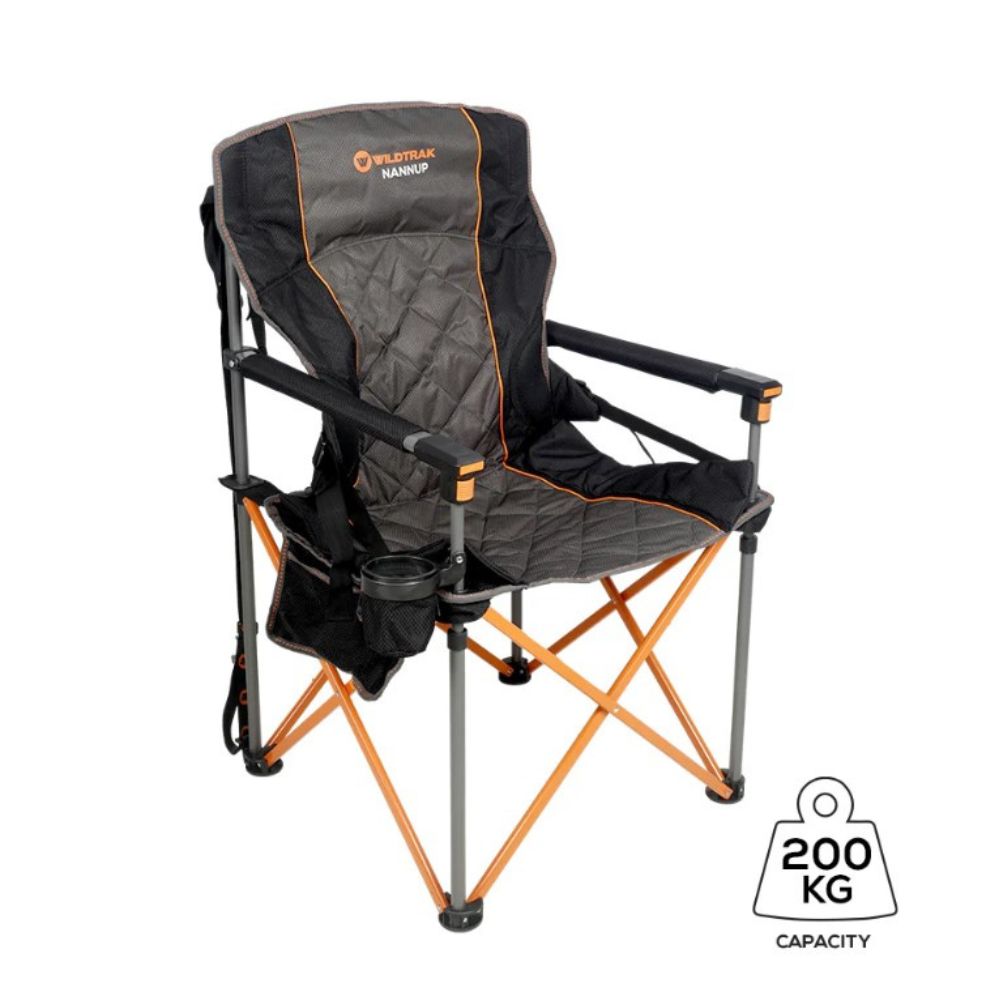Not something we think about normally but when caravanning water and waste management can’t be taken for granted.
Most caravan toilets are divided into two separable parts. The first of these is the seat and flush tank unit, and the second is the waste holding tank. In portable toilets, the latter is removed from inside your caravan, while in cassette toilets, it is slid out (like a cassette) from a dedicated door outside. Caravan toilet waste disposal essentially involves removing the waste holding tank or cassette and emptying it at a waste disposal point.
Caravan toilets need certain chemicals to break the waste down into a liquid form and minimise any odours by means of a masking perfume. These chemicals are usually sold as fluids that need to be diluted with water at the time of use. They are poured into the toilet’s waste holding tank, and in some cases in the flush tank (from where it enters the holding tank when you flush).
In addition to the chemicals used to break down toilet waste, caravan toilets also need dedicated chemicals that prevent bacteria build-up (which causes foul odours). Composite chemicals that combine these two functions are also available today. These chemicals are usually effective for 2-3 days at a time, after which you should find and use a waste disposal point.
Most modern caravan parks come with dump points. Using a dump point is quite simple. Remove the waste holding tank or cassette from your caravan, take it to the dump point, empty it into the receptacle, and use the hose that’s usually provided at site to wash off the area. Modern dump points come with their own flushing systems, which make the whole process much cleaner.
Seasoned caravan owners often use ‘black-tanks’, which work as intermediary waste holding containers with a much larger capacity than that of a typical toilet holding tank. These enable you to go for 7-10 days at a stretch without needing a dump point. Waste from a black tank is emptied into a dump point by means of a black water hose.





